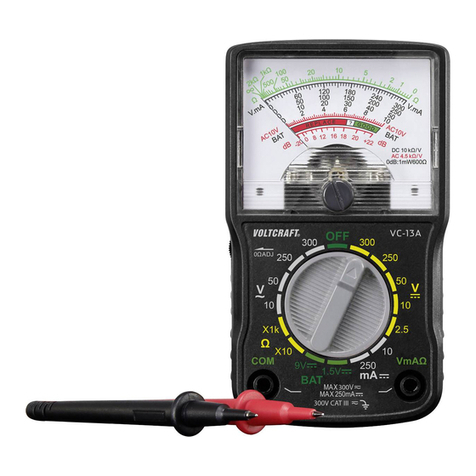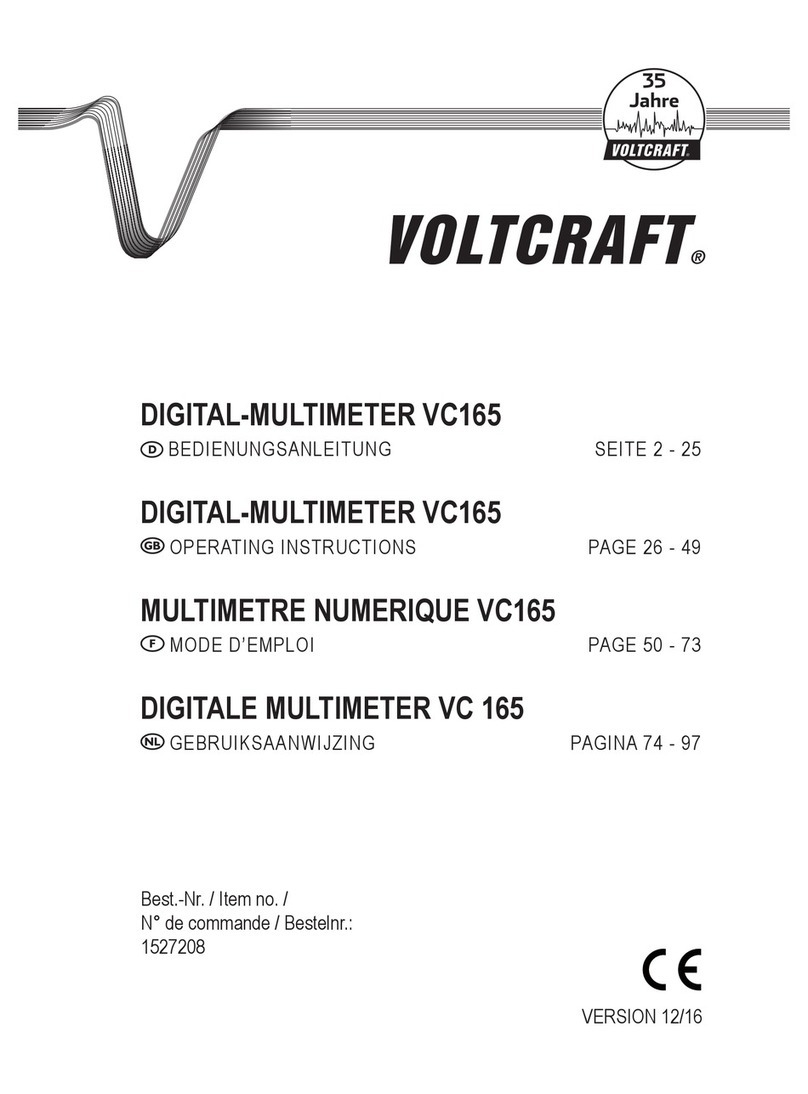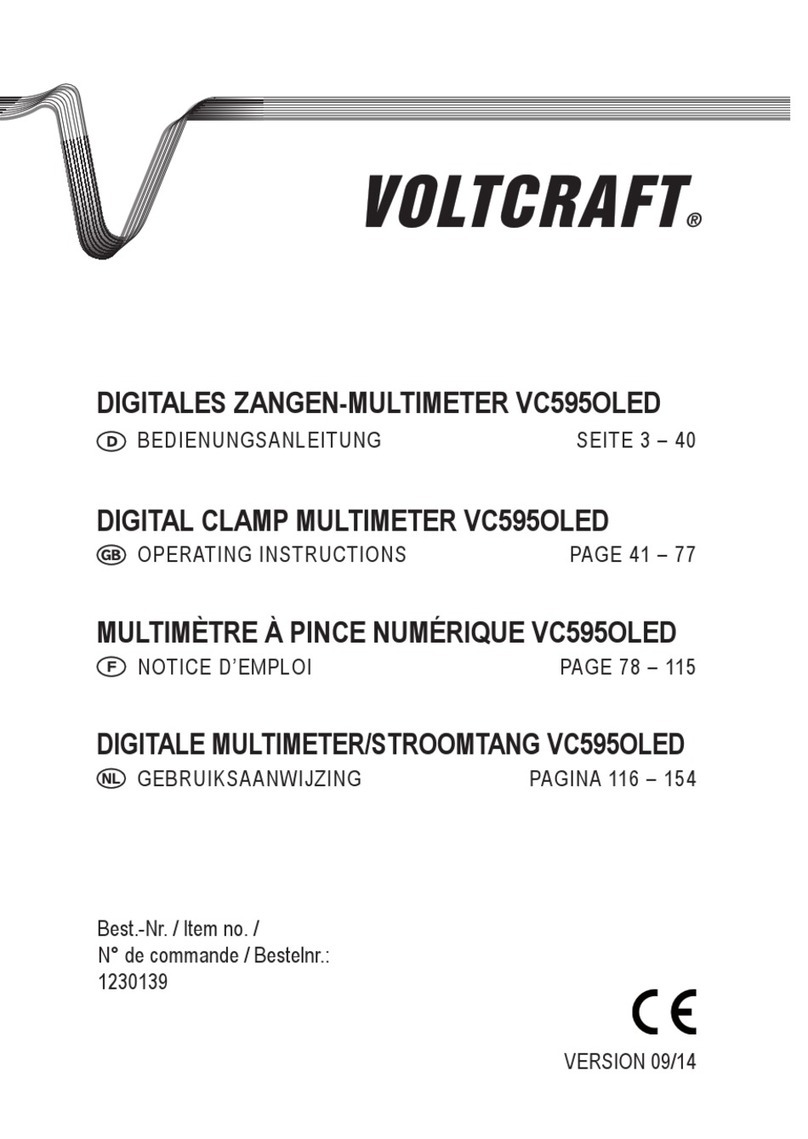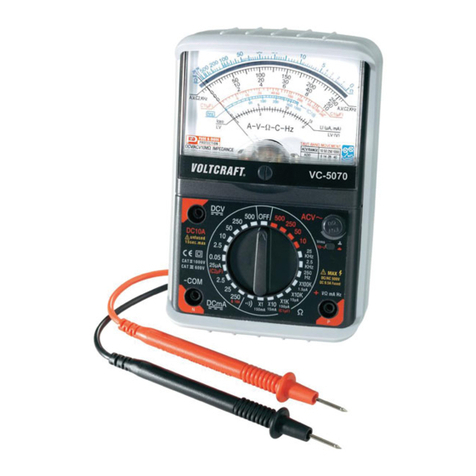VOLTCRAFT VC-7200BT User manual
Other VOLTCRAFT Multimeter manuals
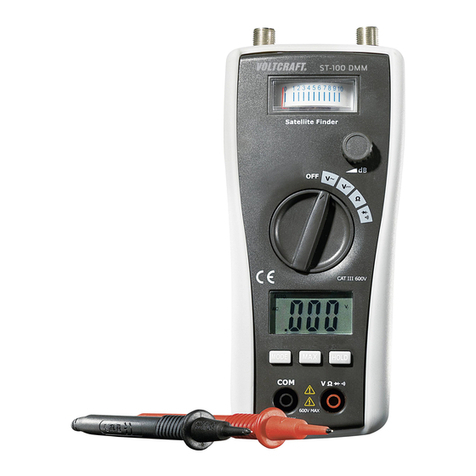
VOLTCRAFT
VOLTCRAFT ST-100 User manual
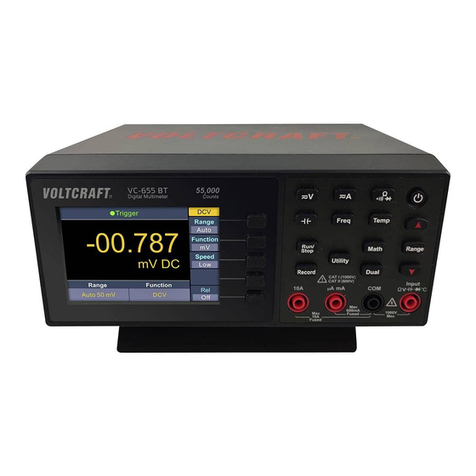
VOLTCRAFT
VOLTCRAFT VC-655 BT User manual
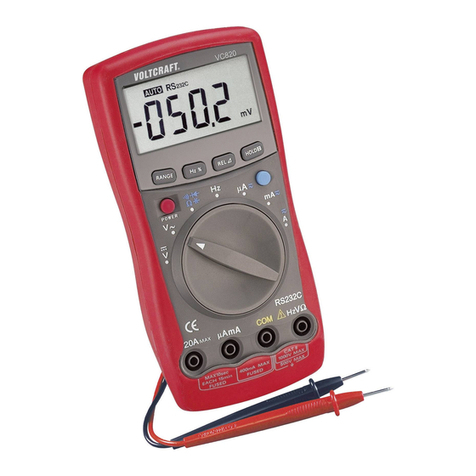
VOLTCRAFT
VOLTCRAFT vc 820 User manual
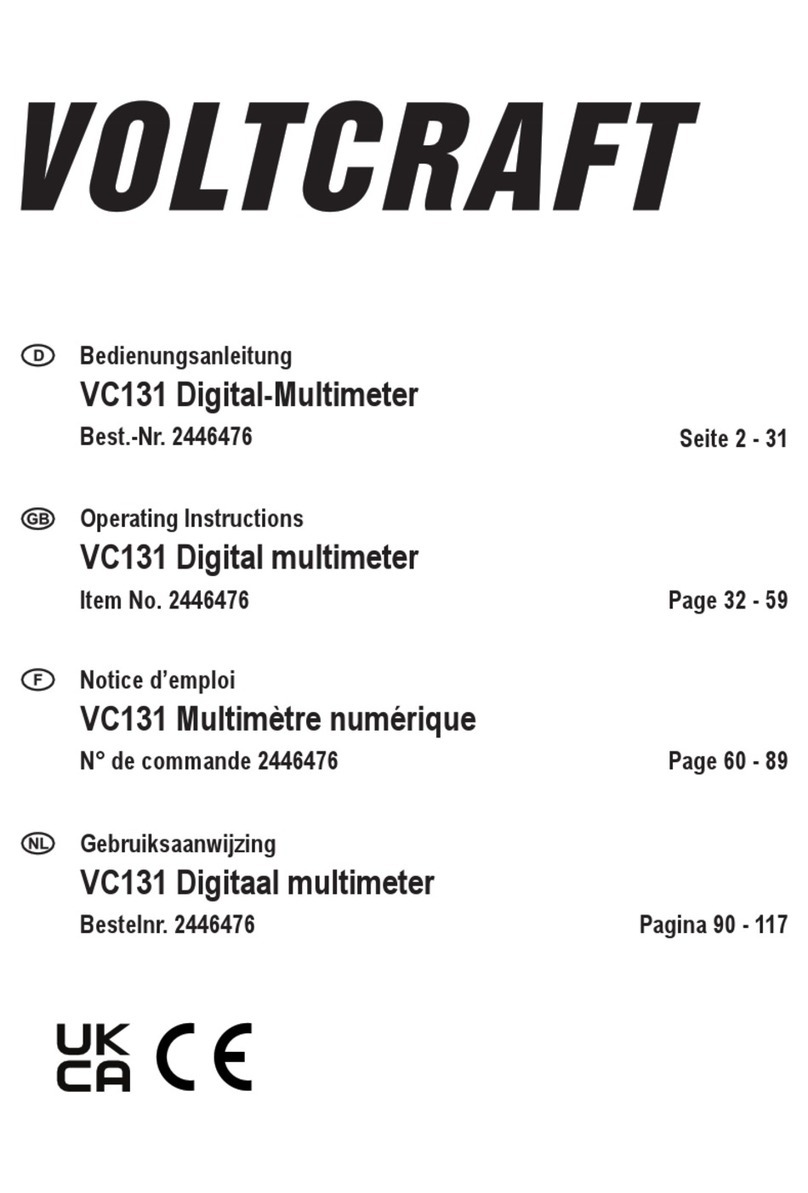
VOLTCRAFT
VOLTCRAFT VC131 User manual
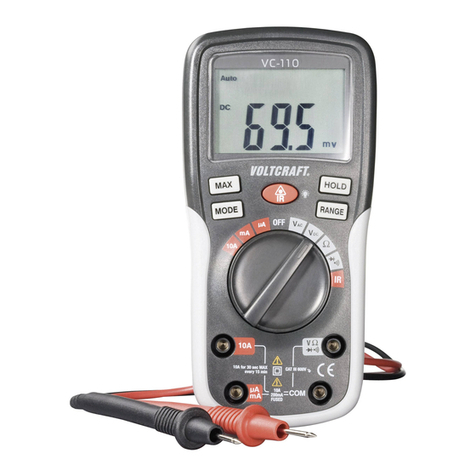
VOLTCRAFT
VOLTCRAFT VC-110 User manual
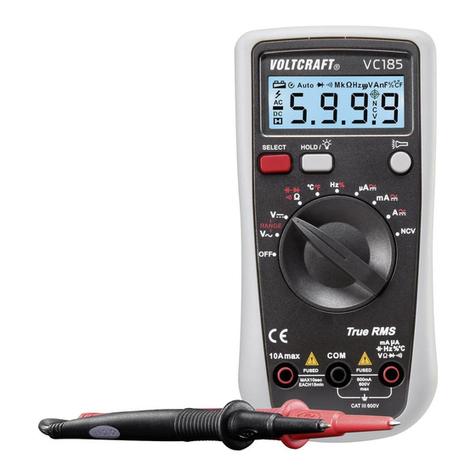
VOLTCRAFT
VOLTCRAFT VC185 TRMS User manual

VOLTCRAFT
VOLTCRAFT LCR 4080 User manual
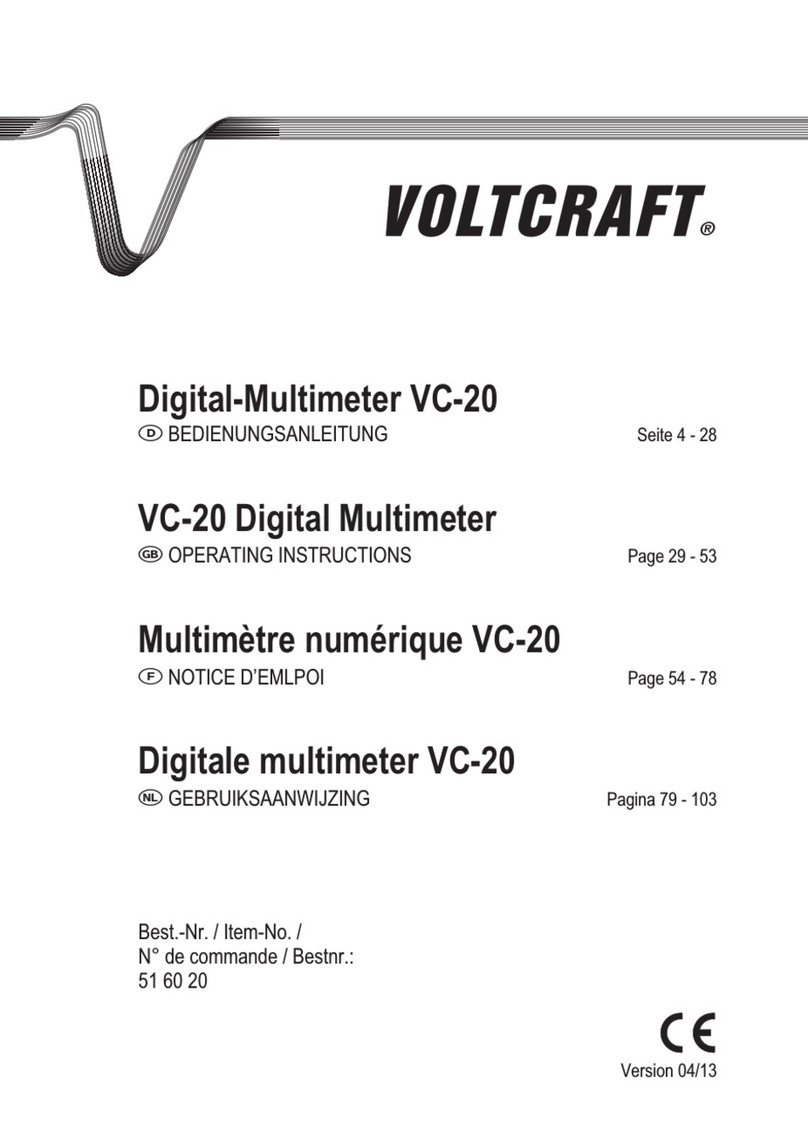
VOLTCRAFT
VOLTCRAFT VC-20 User manual
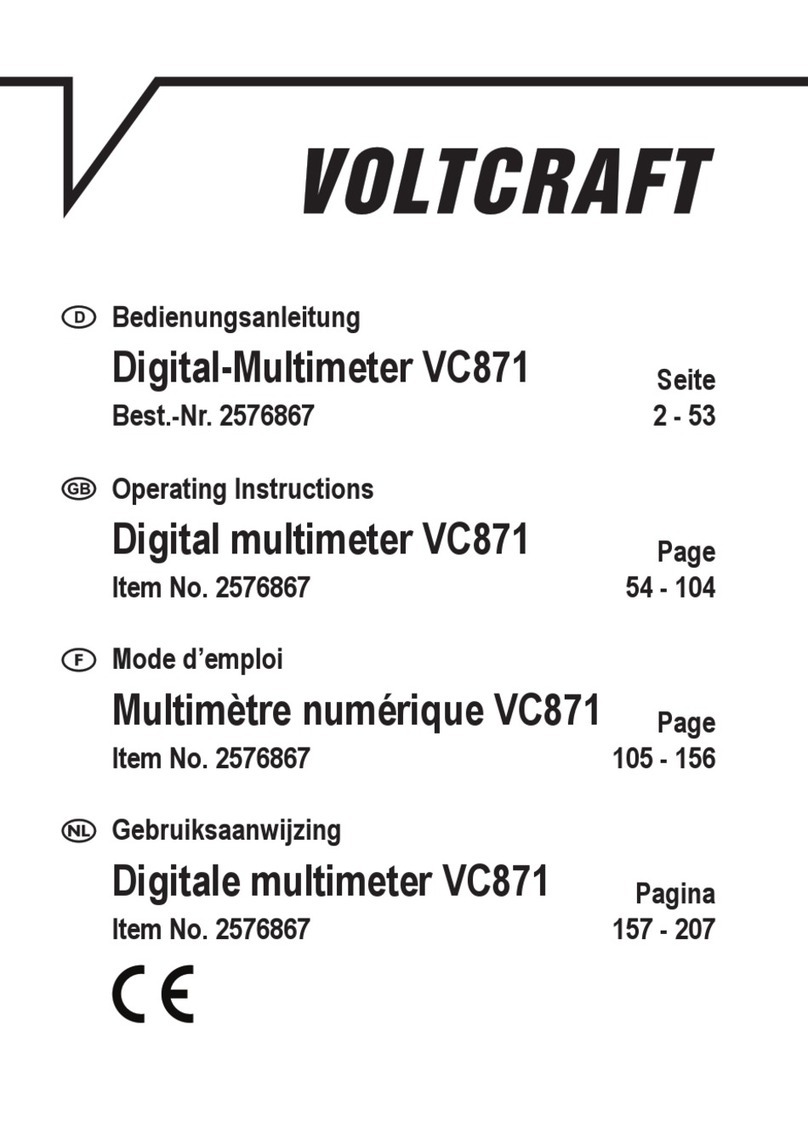
VOLTCRAFT
VOLTCRAFT VC871 User manual
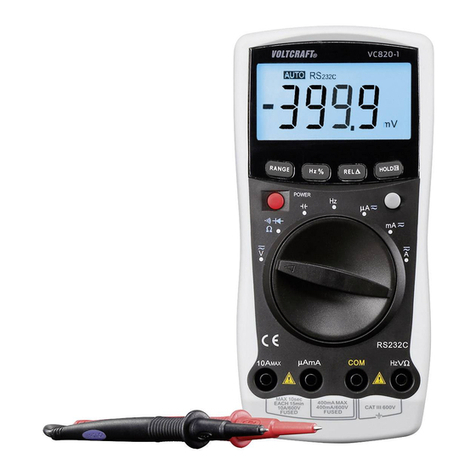
VOLTCRAFT
VOLTCRAFT VC 820-1 User manual
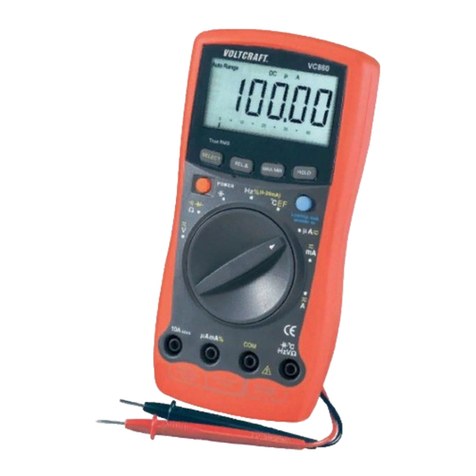
VOLTCRAFT
VOLTCRAFT vc-860 User manual
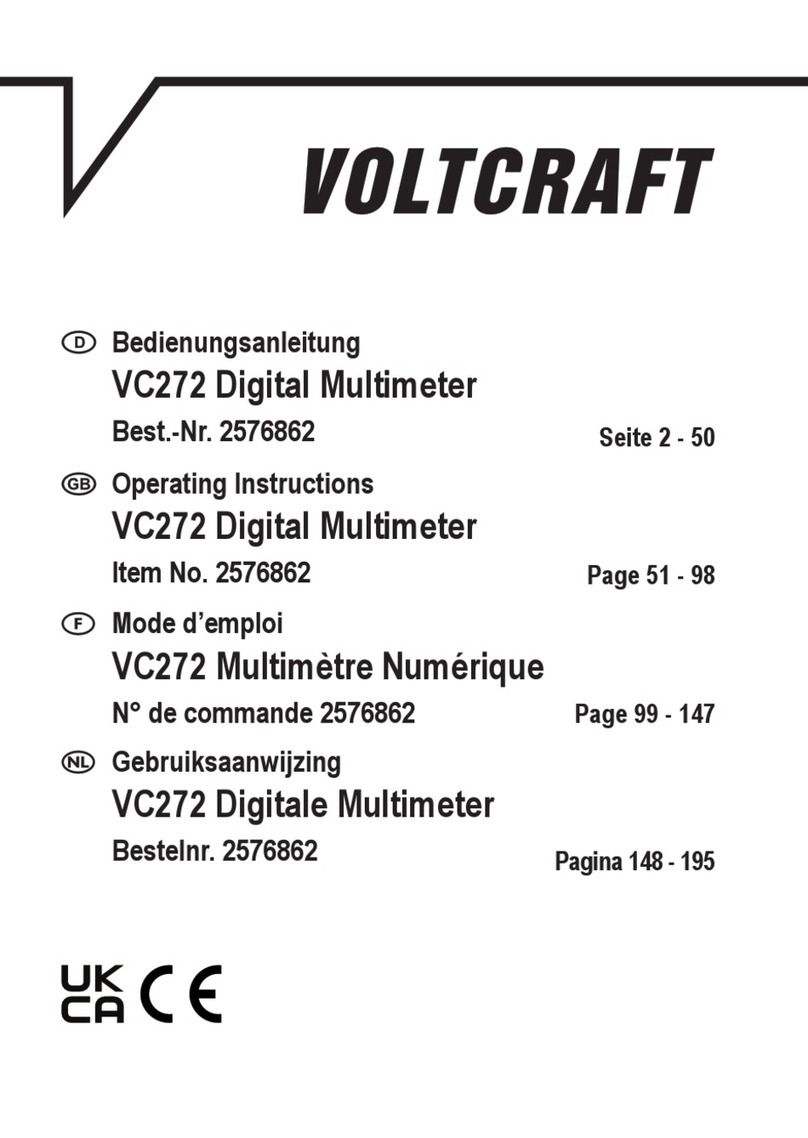
VOLTCRAFT
VOLTCRAFT 2576862 User manual
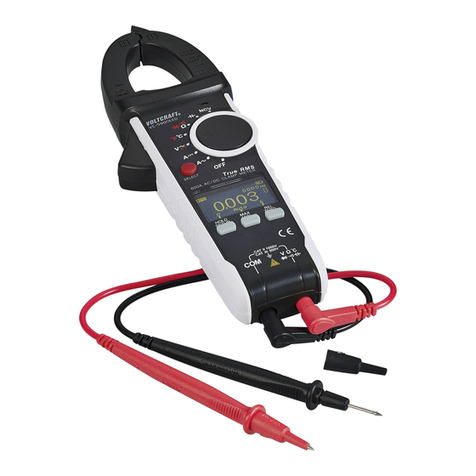
VOLTCRAFT
VOLTCRAFT VC-590OLED User manual
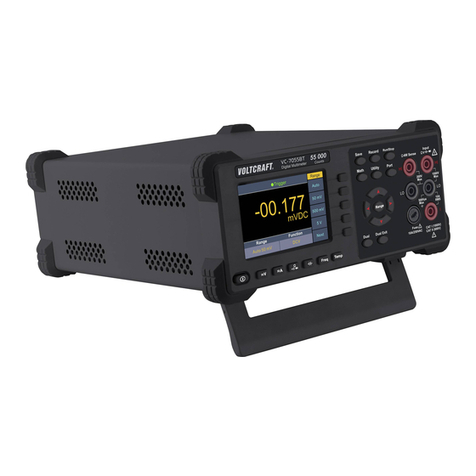
VOLTCRAFT
VOLTCRAFT VC-7055BT User manual
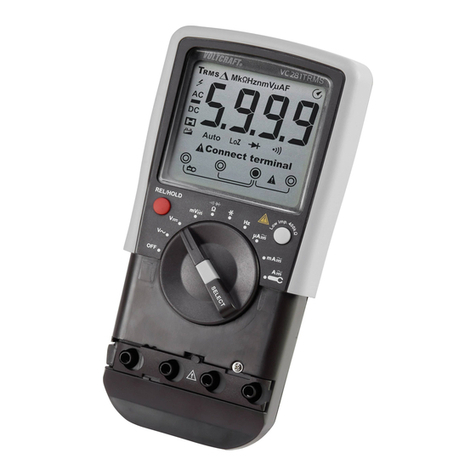
VOLTCRAFT
VOLTCRAFT VC281 TRMS User manual
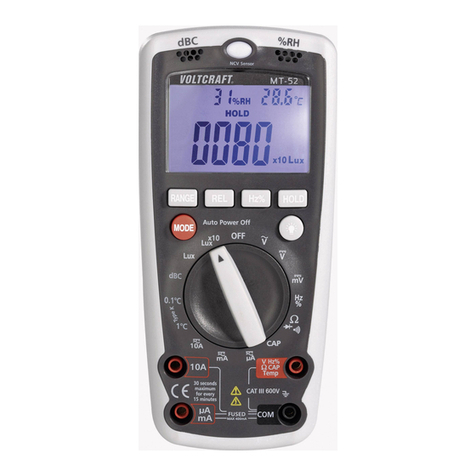
VOLTCRAFT
VOLTCRAFT MULTI-DMM MT-52 - V09-10 User manual

VOLTCRAFT
VOLTCRAFT VC-100 User manual
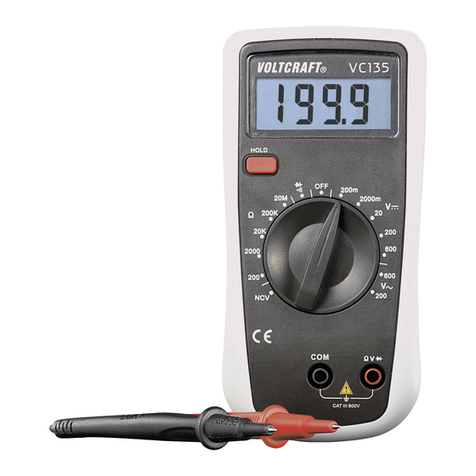
VOLTCRAFT
VOLTCRAFT VC135 User manual
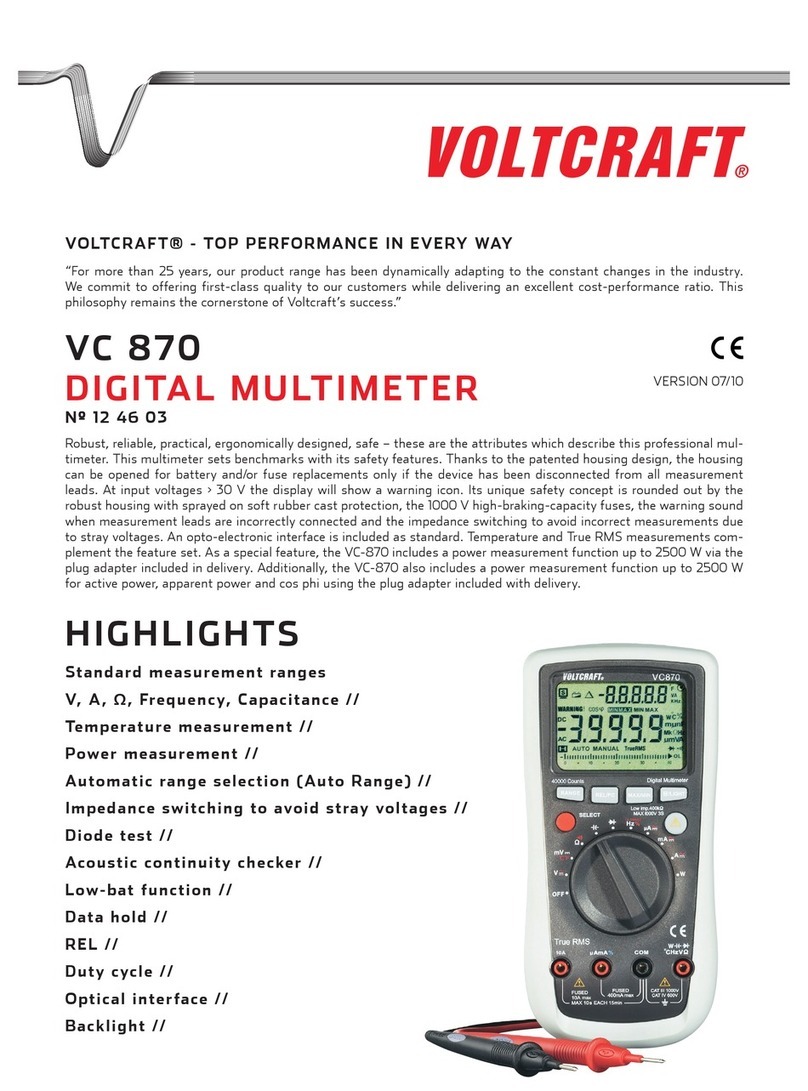
VOLTCRAFT
VOLTCRAFT VC 870 User manual
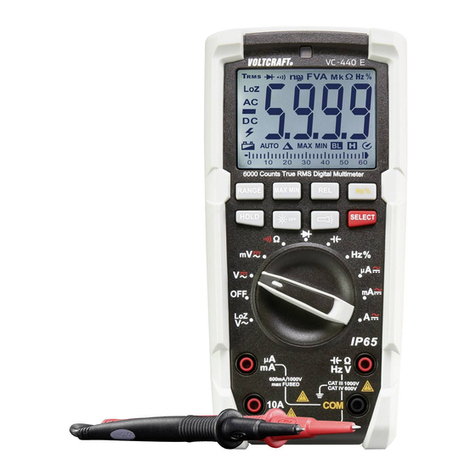
VOLTCRAFT
VOLTCRAFT VC-440 E User manual
Popular Multimeter manuals by other brands

Gossen MetraWatt
Gossen MetraWatt METRAmax 6 operating instructions

PeakTech
PeakTech 4000 Procedure of calibration

YOKOGAWA
YOKOGAWA 90050B user manual

Gossen MetraWatt
Gossen MetraWatt METRALINE DMM16 operating instructions

Fluke
Fluke 8846A Programmer's manual

Tempo Communications
Tempo Communications MM200 instruction manual
